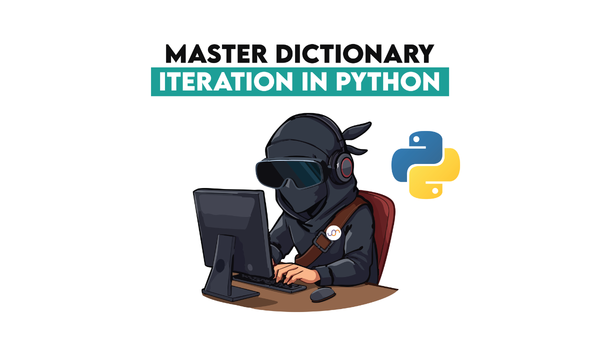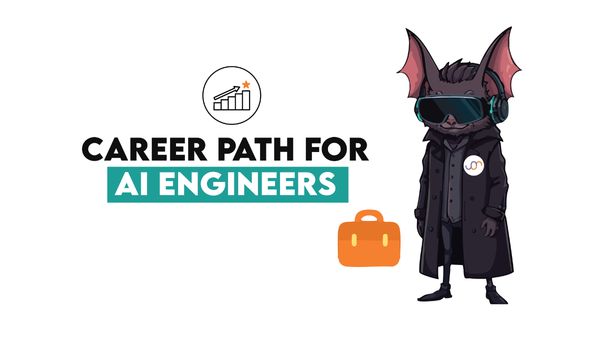Top 5 Challenges Data Scientists Face Today

Categories:
 Written by:
Written by:Nathan Rosidi
What are the challenges data scientists encounter today? The five covered in this article are the biggest ones that also make the job more interesting.
In today’s article, we’ll talk about what many data scientists have in common: their challenges. For sure, the biggest challenge is to get a data science job. But once you get it, what challenges will you most probably encounter?
Here are the five that I consider the biggest ones.

Challenge #1: Cleaning Bad-Quality Data, Again, and Again, and Again
First up, it’s data quality and cleaning. This is often the most time-consuming and tedious part of a data scientist's job, especially when it comes to semi-structured and unstructured data. Many data scientists spend a significant portion of their time just getting the data into a usable format. This includes dealing with missing values, inconsistent data, and outliers.
It's not glamorous, but it's essential. Can you build a model without clean data? No. Actually, yes, you can, but without clean data, any analysis or model you build will be flawed.
Example: Imagine trying to build a predictive model for customer churn using data riddled with errors and missing values. Your predictions would be unreliable, leading to poor business decisions.
Challenge #2: Providing Valuable Insights to Non-Technical Executives For Decision Making
Next, let's talk about the communication gap between data scientists and non-technical executives.
Data scientists often have to explain complex technical concepts to people who don't have a background in data science. This can be incredibly challenging. Executives may have unrealistic expectations or misunderstand the limitations of data science. To make decisions based on data science insights, they need to understand them first.
But it’s a challenging job to translate something so technical and complex as data science outputs into business insights so everybody can understand it.
Example: You might have an executive who believes that data science can solve any problem instantly. Can it, really? No. Funnily enough, executives often think data science can solve problems they think it can’t and can’t solve problems they think it can. It's your job to manage those expectations and explain the realities of data science.
Challenge #3: Not Letting Data Privacy & Regulations Kill Your Workflow
Another major challenge is data privacy, legal requirements, and ethics. With the increasing amount of data being collected, data scientists need to ensure that this data is used ethically and in compliance with regulations, such as the EU’s General Data Protection Regulation (GDPR), the California Consumer Privacy Act (CCPA), or the EU AI Act.
Data scientists need to be aware of privacy and AI laws and ethical guidelines to avoid data misuse. Can you use any data you want? No, not anymore!
Because of the regulation, you might be unable to use the data you wanted. Often, this will prevent you from completing your work or force you to change your project heavily.
As a seasoned professional, you must find other ways to complete your work, e.g., rephrasing the question you want to answer or using different data. The challenge here is to convince the audience that the changed project is the best, given legal limitations and privacy concerns.
Example: The Facebook-Cambridge Analytica scandal is a prime example of what can go wrong when data privacy is not taken seriously. It led to a massive public outcry and stricter regulations.
Challenge #4: Keeping Up with Rapid Changes
The field of data science is constantly evolving. New tools, techniques, and technologies are emerging constantly. Keeping up with these changes can be overwhelming, but staying relevant and competitive in the field is necessary by using tools in practice.
But how do you use a tool in practice if it's an enterprise-level tool and your company doesn't adopt it? Well, you don’t.
The solution is to learn similar free and open-source tools. For example, learn pandas if you can’t learn Alteryx.
Example: Machine learning frameworks like TensorFlow and PyTorch are prime examples of this challenge. They are regularly updated with new features. Staying on top of these updates is crucial for maintaining your edge as a data scientist.
Challenge #5: Interdisciplinary Collaboration
Data science is inherently interdisciplinary, involving statistics, computer science, domain expertise, and more. Collaborating with professionals from different fields can be challenging due to differences in terminology, methodologies, and expectations.
Do you think that, outside your bubble, everybody thinks in numbers or code and makes exclusively data-based decisions? No. Some people need to lean more on intuition and less on rigid logic, for example, salespeople.
To collaborate with other people, you have to accept that there are other valid points of view (painful, I know!), and not everything is about numbers and cold logic. Making decisions often depends on things outside your control – the economy, budgets, and competition. To be successful, you need to keep an open mind and learn the context beyond data.
Example: Working on a healthcare project might require you to understand medical terminology and collaborate with doctors, which can be challenging if you're not familiar with the field.
Conclusion
These are some of the biggest challenges facing data scientists today. From dealing with messy data to navigating the complexities of interdisciplinary collaboration, it's clear that the field of data science is not without its hurdles. But these challenges also make the job exciting and impactful, right?
Share


